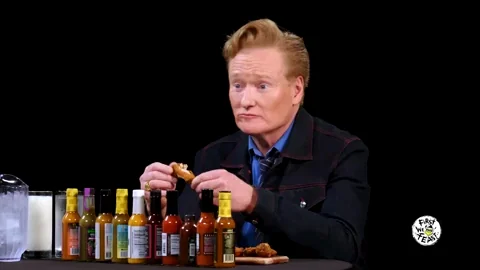
This logo isn't an ad or affiliate link. It's an organization that shares in our mission, and empowered the authors to share their insights in Byte form.
Rumie vets Bytes for compliance with our
Standards.
The organization is responsible for the completeness and reliability of the content.
Learn more
about how Rumie works with partners.
Before you do any experiments, pause. Take a moment to think — What are you trying to prove or disprove?
While it's fun to jump in and do some science, it's pointless if you don't have a plan.
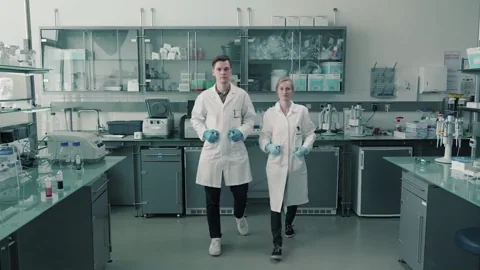
Here's where identifying your hypotheses — specifically, your null vs alternative hypotheses — can help.
Why do you need a hypothesis?
Okay...what about the null vs alternative hypotheses?
Besides being required by your teacher or research study guidelines, their purpose is to help break down your overall hypothesis into two different possibilities.
Knowing the difference between the null vs alternative hypotheses is key, as it can affect how you report your results and draw conclusions from your experiment.
So, what is the "null" hypothesis?
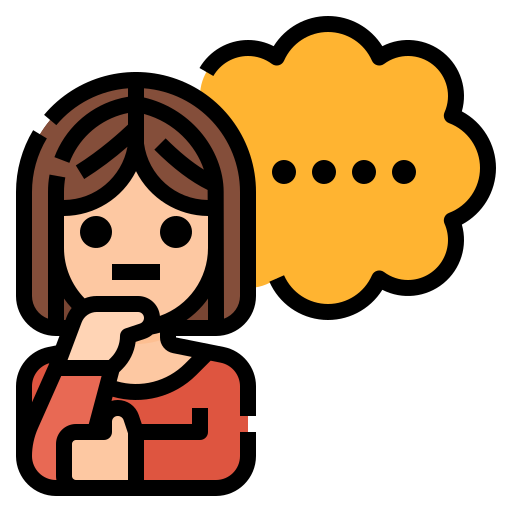
Here's an example: You want to see if adding hot sauce will change the taste of the food.
Your null hypothesis may go something like this...
"If you add hot sauce, then the flavor will stay the same."
As you can see, this hypothesis claims that adding hot sauce won't change the flavor, meaning that there's no relationship or effect, as nothing happens.

Here are more examples of null hypotheses:
There's no relationship between height and shoe size.
Listening to music doesn't affect mood.
Flapping your arms after jumping off the roof won't help you fly.
What's the point of a null hypothesis?
You might be thinking, "Creating a null hypothesis is pointless. Why spend time writing that your test won't change anything? Isn't it better to focus on what you think will happen?"
 Photo by JESHOOTS.COM on Unsplash
Photo by JESHOOTS.COM on UnsplashActually, the null hypothesis is essential! It gives you a baseline to compare your results and help show whether changes are due to chance or error. By rejecting the null hypothesis (which is considered true unless proven otherwise) it provides evidence that there is a relationship between the variables.
Looking back at our null hypothesis example: ❖
"If you add hot sauce, then the flavor will stay the same."

Right now, you don't really know if adding hot sauce will change the flavor, so you assume that nothing will happen. But, if the result shows that the flavor changes, you'll have enough evidence to reject the null hypothesis for the alternative hypothesis instead.
Quiz
True or False: The null hypothesis will always be rejected.
It's false. There are times when your observations or experiments will show no significant difference or change. Therefore, you will not have enough evidence to reject the null hypothesis.
But, what is the "alternative" hypothesis?
It's the opposite of the null hypothesis. Remember how null means nothing. Well, what's the alternative of nothing? That's right, something!
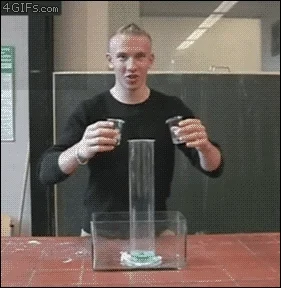
With the alternative hypothesis, you're looking to disprove the null hypothesis by stating what change or difference you expect to see in your experiment and suggest that there is a relationship between the variables being tested.
Confused? Let's revisit a familiar example:
Do you remember this null hypothesis?
"If you add hot sauce, then the flavor will stay the same."

Well the alternative hypothesis would be:
"If you add hot sauce, then the flavor will become too spicy."
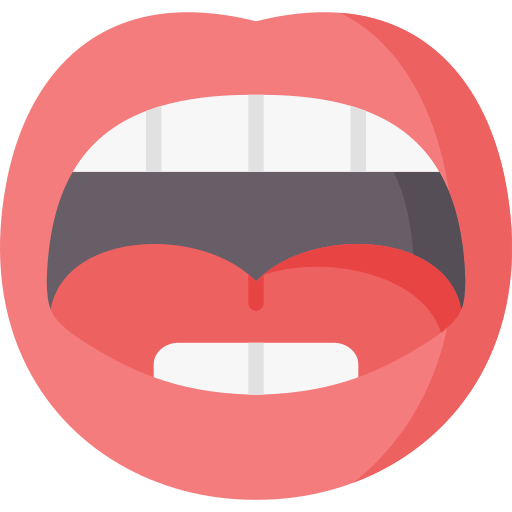
Looking at this example we can see:
The alternative hypothesis contrasts with the null hypothesis.
The alternative hypothesis claims there is a relationship between hot sauce and flavor.
The alternative hypothesis predicts changes will happen when the hot sauce is added.

Here are more examples of alternative hypotheses:
Changes in height are linked to changes in shoes size.
Listening to music can influence mood.
Jumping off the roof while flapping your arms will help you fly.
Why do you need an "alternative" hypothesis?
The alternative hypothesis is what you're trying to prove. Its purpose is to eventually replace the null hypothesis once you gather enough evidence to reject it.
Returning to the hot sauce example, after some testing you found, that, adding hot sauce does make the food spicy.
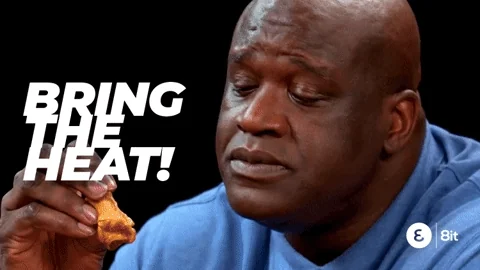
Based on the results, you can report that, "The null hypothesis was rejected in favor of the alternative hypothesis, 'If you add hot sauce the flavor will become too spicy.'"
Let's practice:
Luca heard from a friend that if you add salt to an ice cube, you can pick up the ice cube with a piece of string. He wants to see if this is true. What would be Luca's alternative hypothesis?

A. If salt is added, nothing will happen between the string and the ice cube.
B. The ice cube will melt faster when salt is added to the string.
C. Adding salt will let you pick up the ice cube using a piece of string.
D. The string will stick to the ice cube with or without salt.
Quiz
After reading the scenario, select what Luca's alternative hypothesis should be:
The answer is C: "Adding salt will let you pick up the ice cube using a piece string." Remember, Luca wants to test if adding salt affects the ice and string. Both A and D would make great null hypotheses, as they state that there would be "no effect" if salt is added. However, this question is looking for the alternative hypothesis. While B could be an alternative hypothesis, it focuses on how fast the ice melts rather than whether the ice can be picked up with a string, which is Luca’s main question.
Did you know?
If you want to try this out for yourself, check out the ice fishing experiment.
Null vs alternative hypotheses: things to remember
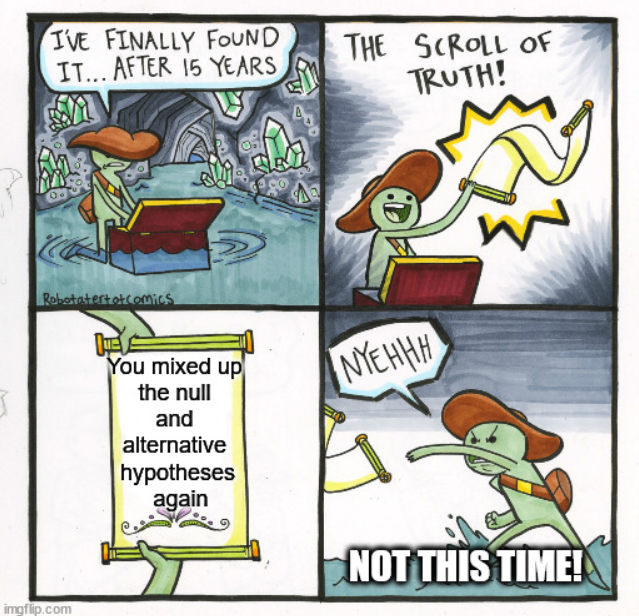
Null hypotheses are considered true, until proven otherwise. The goal of the alternative hypothesis, is to gather enough data to reject the null hypothesis.
If you don't have enough evidence to reject the null hypothesis, then you will have to reject the alternative hypothesis instead.
Null hypotheses are sometimes written as Ho, while alternative hypotheses are written as Ha or H1.
Null = What do you expect if nothing happens?
Alternative = What do you expect to see?
Take Action

This Byte has been authored by
Mary Baker
Occupational Therapist
OTR

